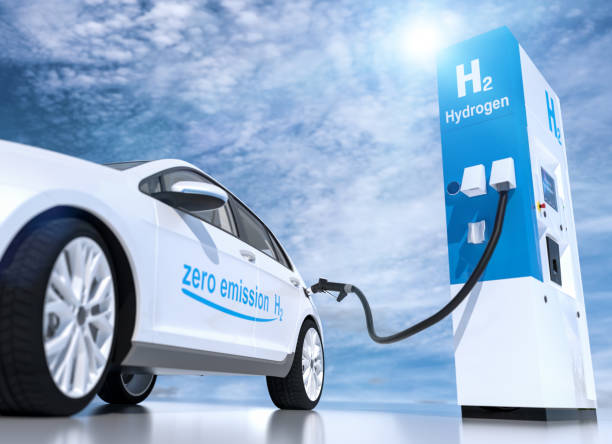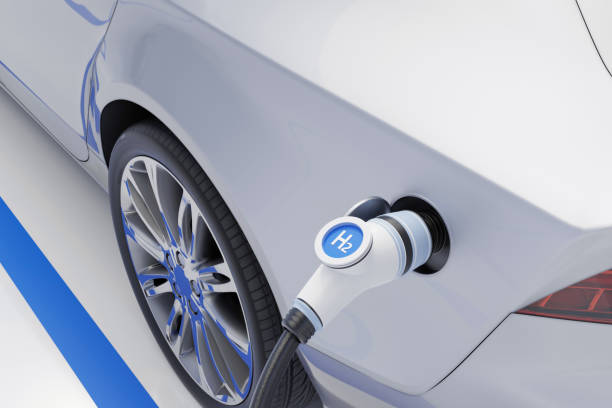Hydrogen cars, also known as hydrogen fuel cell vehicles, work by using hydrogen gas as a fuel source to generate electricity through a chemical reaction in a fuel cell. Here's a simplified explanation of how they work:
1. Hydrogen Storage: Hydrogen gas is stored in high-pressure tanks or in a compressed or liquefied form on-board the vehicle. The hydrogen is typically stored in special containers designed to ensure its safe storage and prevent leaks.
2. Fuel Cell Stack: The heart of a hydrogen car is the fuel cell stack, which consists of multiple individual fuel cells. Each fuel cell contains an anode (negative electrode), a cathode (positive electrode), and an electrolyte layer in between.
3. Hydrogen Supply: Hydrogen gas from the onboard storage tank is supplied to the anode side of the fuel cell stack. The hydrogen molecules (H2) are split into protons (H+) and electrons (e-) at the anode.
4. Electrochemical Reaction: The protons pass through the electrolyte layer, while the electrons take an external path, creating an electrical current that can be used to power the vehicle's electric motor.
5. Oxygen Intake: Oxygen from the air is supplied to the cathode side of the fuel cell stack. The oxygen molecules (O2) combine with the protons and electrons from the anode and external circuit, respectively, along with the help of a catalyst, to form water (H2O) as the only byproduct.
6. Power Generation: The flow of electrons through the external circuit creates an electric current that powers the vehicle's electric motor, propelling the car forward. The fuel cell stack continuously produces electricity as long as hydrogen and oxygen are supplied.
7. Additional Components: Hydrogen cars also have additional components like a power control unit to manage the flow of electricity, a battery to store excess energy and provide power during peak demand, and various cooling and control systems to maintain optimal operating conditions.
 It's important to note that hydrogen fuel cell vehicles are different from traditional internal combustion engine vehicles, as they do not burn hydrogen. Instead, they use an electrochemical process to convert hydrogen and oxygen into electricity, with water vapor as the only emission. This makes them a potential zero-emission alternative to conventional vehicles.
It's important to note that hydrogen fuel cell vehicles are different from traditional internal combustion engine vehicles, as they do not burn hydrogen. Instead, they use an electrochemical process to convert hydrogen and oxygen into electricity, with water vapor as the only emission. This makes them a potential zero-emission alternative to conventional vehicles.
Please keep in mind that this is a simplified explanation, and the actual technology and engineering behind hydrogen fuel cell vehicles are more complex.
